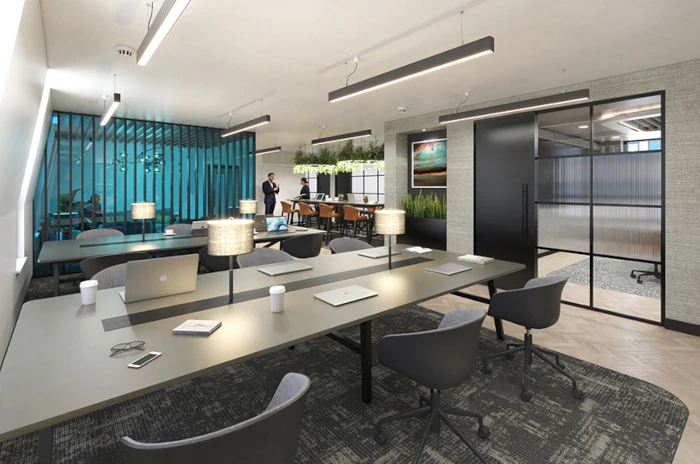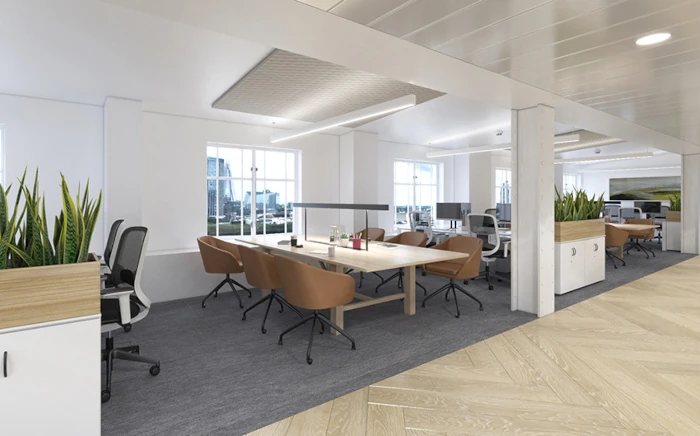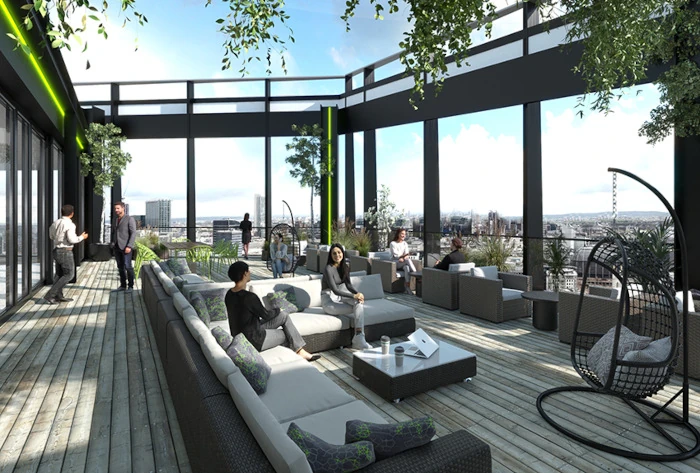Creating the Best Open Plan Office Layout
09/11/19< Back to news index

Much has been written about the relationship between office layout and productivity. Covid-19 has brought this back into focus, as employees who have been working remotely are now moving back into the office. We are now comparing the office with the comfort and convenience of working at home and bringing the experience of working in a more flexible manner into the workplace.
Some workers love open plan offices and find interaction with fellow workers an essential part of their day. Others prefer to work undisturbed. The best open plan office layout needs to be able to meet both these needs effortlessly - with open plan areas interspersed with quieter, more focussed individual and small team rooms which minimise noise from outside.
What your office requires depends not just on individual workers, but on their tasks. Some jobs require peace and quiet, or privacy. Booths for solo tasks, and small areas dedicated to small groups are ideal for working without disturbing (or being disturbed by) others who are not involved.

For some of us, the continued availability of online and/or flexible working is important. Video-conferencing significantly reduces time required, travel costs, and carbon emissions.
Room dividers, natural barriers such as plants, and sound-absorbing furniture are other handy tools for making the open-plan office adaptable to the tasks being carried out. None of these improvements is expensive.
Many studies have shown that better working conditions lead to increased productivity, and health and wellbeing in the workplace plays an essential role. Post-Covid, we are all more concerned about health issues.
One new area we now know about is that sitting for too long is unhealthy. We also know that many jobs can be done in less sedentary ways. Some companies even hold "walking meetings" wherever appropriate, or make a range of seating options available. Taking work outside, weather permitting, is also healthy.

The best workers want to work for employers who make an effort to promote health. This can include 30 minutes of exercise in the office timetable, which reduces the likelihood of developing musculo-skeletal problems. Short breaks during project work can make us more alert and improve both physical and mental health.